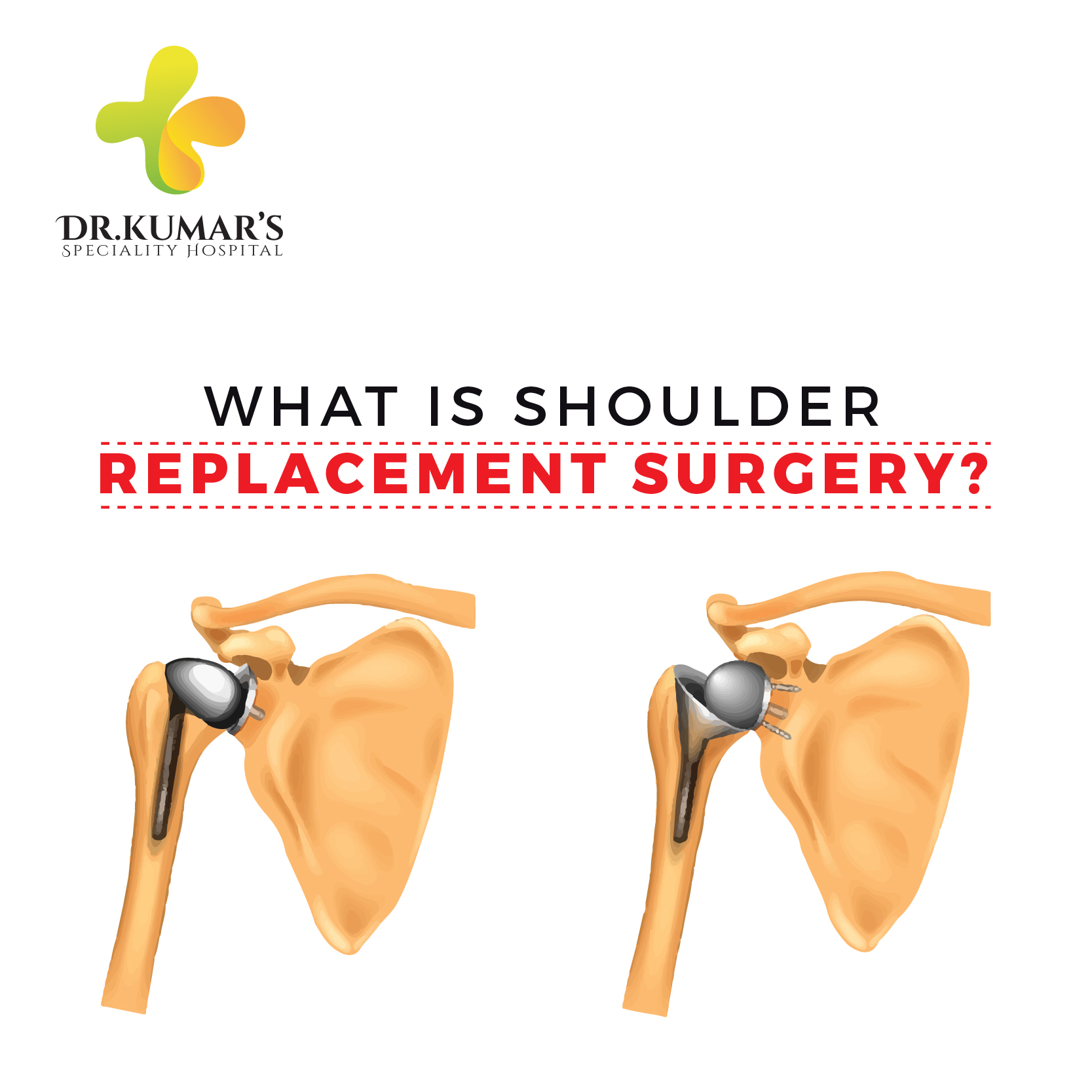
There are many instances when you start feeling that your shoulder is not functional and gives you excruciating pain. This is because your shoulder joint must be injured or damaged. If the joint is damaged beyond recovery, you might need surgery to replace it.
Know your shoulder
The joint where the upper arm connects to your body, there is a ball-and-socket joint. It is a joint where the bone in the upper arm, called the humerus with a round end, fits into the curved or cup-shaped outside of your shoulder blade.
Some ligaments and tendons hold the bones together. The ligaments connect the bones, while the tendons connect the muscle to the bone. There is a thinner layer of tissue called cartilage that helps keep the bones apart so that they don’t rub against each other. It is the ball-and-socket system that allows you to move your arms up and down, sideways and in circles.
When do you need a shoulder replacement?
When you find it difficult to move your arm and it gives you much pain when you force it to move, it may be a shoulder problem. This may be due to a severe shoulder injury like a broken bone, severe arthritis or a tear of the rotator cuff.
The consulting doctor will first try to treat the shoulder problem with drugs and physical therapy. If the treatment does not work then a surgery might be needed to set right the shoulder.
Types of shoulder replacement
In a shoulder replacement surgery, the surgeon will basically replace the natural bone in the ball-and-socket with a material either metal or plastic. Usually, there are three types of shoulder replacement surgeries they are total replacement (metal ball and plastic cover for socket), partial replacement (only ball) and reverse replacement (for torn rotator cuff) surgeries.
Recovery from surgery
After the shoulder replacement surgery you may have to spend anywhere between two to five days in the hospital. The shoulder will show swelling and will hurt. The arm will be first in braces and within a day or two of surgery you can start the physical therapy. It may take nearly four weeks for you to be able to use the arm lightly. It will be six weeks or more before you can drive your car.
